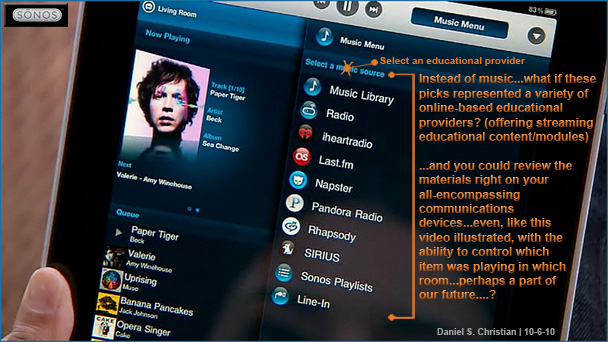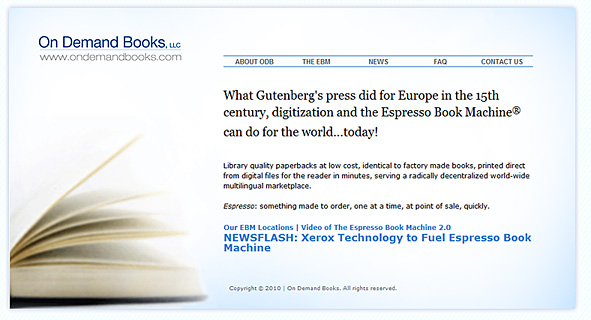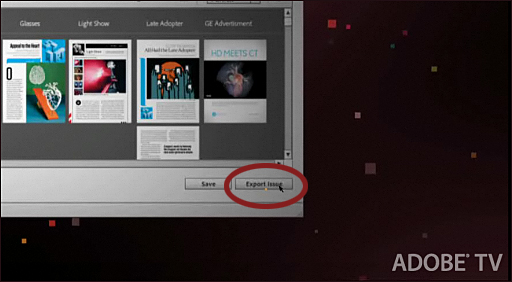The university lacks capacity to change education — from George Siemens
Make no mistake, dramatic changes are occurring in education. These changes, due to the reluctance of the academy to map activities to the reality of the external world, are driven by external innovation. Quite simply, higher education is not in control of its fate as it has failed to develop the capacity to be self-reliant in times of change. I’ve seen universities (such as University of Manitoba) reach out to consulting and accounting firms to provide structural and funding change recommendations. I’ve seen universities begin to partner with online course providers such as StraighterLine to extend course offerings because they (the university) are simply not capable of fulfilling these roles themselves – they lack capacity to participate in this new space of learning. I used to think that higher education and open access would do away with the dominant role of traditional publishers. It looks like I was wrong. Publishers are now offering full course content packages that blend textbooks with faculty-produced materials (i.e. McGraw-Hill’s purchase of Tegrity – a lecture capture software). The university’s reliance on external offerings to fill their capacity gaps is a growing trend. For some (traditional liberal education advocates) it’s a concern. For others (entrepreneurs) it’s a blessing. And for still others (traditional publishers and content creators), it’s a way to stay relevant and perhaps even become more integrated with educational institutions than was possible with a textbook publishing model.
From DSC:
Sorry George, but I just have to post this in its entirety, as I think that you are right on the mark here!
From behind my “lenses” the way I “see” this is that:
- Higher ed must become more nimble, willing to change, and work to address our shortcomings.
- We must be responsive to changes outside of our control (which is the majority)
- We must experiment with things and be willing to fail. Because…
…we are not nearly as in control of things as we suppose.


















